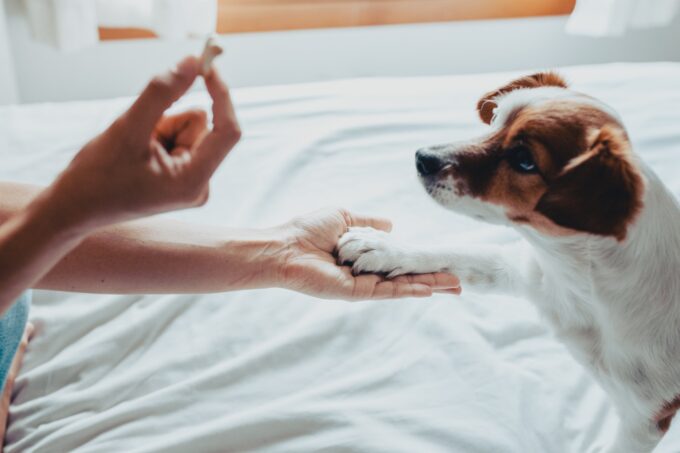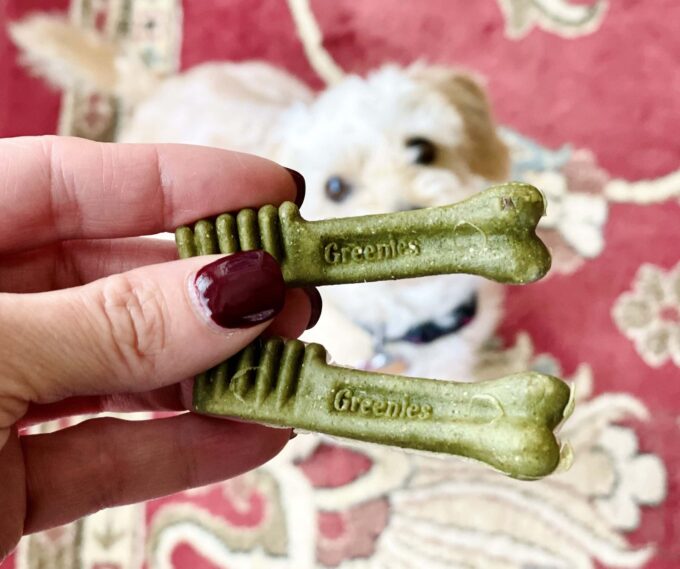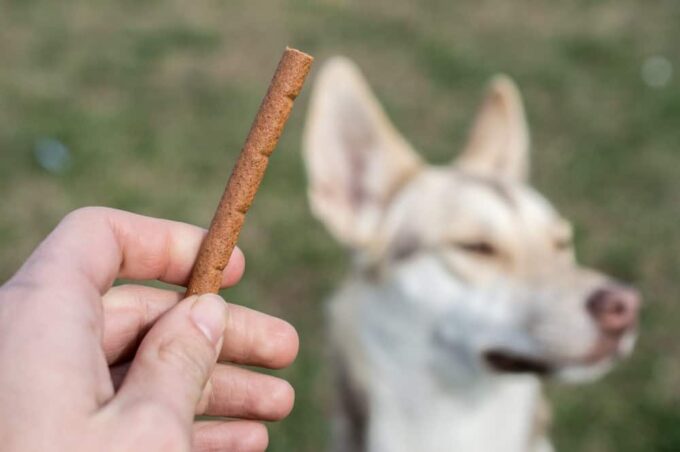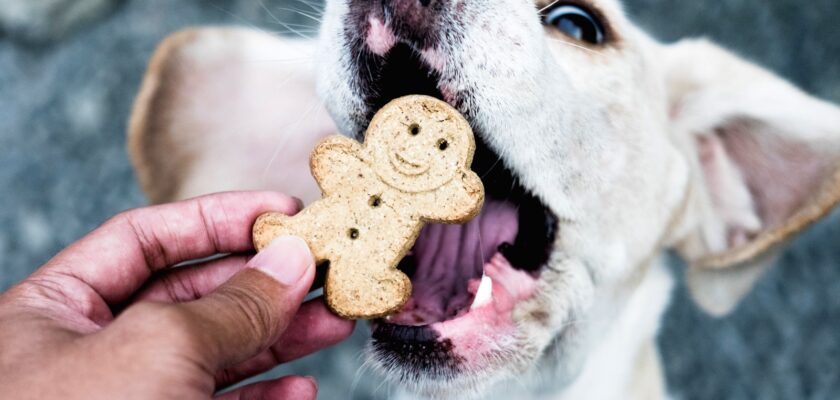When it comes to training your dog, there’s no one right answer. In fact, it’s a common misconception that more is always better. In reality, too many treats can actually lead to problems down the road. Instead, start by rewarding your dog when he or she does something you want them to do. Then work your way up to giving them bigger rewards as the training session goes on. Remember: less is usually more when it comes to treats when training your dog!
How Often Should You Give Your Dog Treats?

Source:pinterest.com
Treats should be given as a regular part of training to keep your dog on track. A good rule of thumb is to give your dog one treat every two minutes during training. If your dog is responding well, you can increase the frequency of treats, but start slowly and gradually increase the number of treats given per session until your dog becomes accustomed to the new routine.
Training Your Dog
When it comes to training your dog, collars and harnesses are not the only tools at your disposal, but can be very helpful. Handmade designer dog clothes are also a great way to reinforce good behavior.
Positive reinforcement is rewarding your dog every time he or she does something you want them to do, such as sit, stay, or come. This can be done using a variety of techniques, including giving your dog treats, playing games with them, or simply praising them.
Punishment, on the other hand, involves taking away something the dog loves (like a treat) when he or she does something that you don’t want them to do. It can also involve physically punishing your dog (hitting them with a object, for example) or verbally berating them.
While punishment is sometimes necessary to train your dog effectively, using positive reinforcement instead is usually much more rewarding for both you and your pet.
Types of Treats to Give Your Dog

Source:linkedin.com
There are many types of treats to give your dog when training, and it really depends on what you want to achieve. A general rule is to offer your dog 1-2 treats every couple of minutes during training, but this will vary depending on the size and age of your dog, the intensity of the training session, and your dog’s temperament. If you’re trying to teach a specific behavior, then you might want to give your dog smaller, more frequent rewards.
If you’re just playing with your dog or getting him/her used to new surroundings, then you can offer a few treats as a welcome present. Some good options include raw meaty bones (avoid cooked bones), cheese cake, yogurt or biscuits.
Another important factor to consider is whether or not your pet is picky about their treats. If yours is then it might be worth investing in some special chew toys or food puzzles that they can’t resist.
How to Give Your Dog a Treat Safely?

Source:wagstowiskers.com
Giving your dog a treat is an important way to promote good behavior. However, not all treats are safe for dogs to eat. Here are some tips on how to give your dog a treat safely:
When choosing treats, make sure they are low in fat and sugar. These types of treats will be less likely to cause health problems for your pet.
Only give your dog one type of treat at a time. This will help reduce the risk of your dog getting sick from eating too many different types of treats simultaneously.
If you’re giving your dog a Kong toy as a treat, only fill it about halfway with treats before giving it to him. If you give him the entire toy filled with treats, he may become over excited and try to eat the toy itself.
What if My Dog Refuses to Eat His Treats?
If your dog refuses to eat his treats, it may be because he’s not getting the desired rewards. Follow these tips to help get your dog to eat his treats:
– Make sure you’re giving him enough treats. Dogs need about three to four per day for training purposes, so give him at least a few each time you train.
– Treats should always be given in a timely manner – never leave them on the ground for your dog to find or steal. This will only reward bad behavior.
-Try different flavors and textures of treats – some dogs are more prone to eating specific types of food.
What Type of Treats to Give Your Dog?
When it comes to training your dog, it’s important to have a good strategy in place. In general, you should give your dog about one treat every three or four minutes during training sessions. However, this number varies depending on the type of training you’re doing and the temperament of your dog. If you’re using positive reinforcement methods (such as rewarding your dog when he does what you want), then giving more frequent rewards is likely to be more effective. If you’re using punishment-based methods (such as scolding or withholding treats), then gradually decreasing the frequency of rewards will be more effective. The key is to find what works best for your pet and to stick to it!
How Often to Give Your Dog Treats?
There is no one answer to this question since it depends on a variety of factors, including your dog’s age, weight, metabolism, personality and training habits. However, a general guideline would be to give your dog treats every two or three minutes during training sessions. If your dog seems distracted or unenthused by training sessions, then you may need to reduce the frequency of treats given.
What to Do if Your Dog Doesn’t Like Treats?

Source:dogingtonpost.com
If your dog doesn’t like treats, there are a few things you can do to try and make him more accepting of them. First, try gradually increasing the number of treats given over time. You can also try using different types of treats, or pairing treats with other activities such as playing fetch or walking. If these methods don’t work, you may need to consider consulting a veterinarian who can prescribe a medication to help your dog overcome his dislike of treats.
Conclusion
As a dog owner, it is important to remember that you need to provide your furry friend with proper training in order to prevent them from becoming destructive or nuisance. It is also important not to give them too many treats as this can lead to weight gain and other health concerns. Follow the guidelines below when administering training rewards so that you are providing your dog with the right amount of encouragement while avoiding any harmful effects.

